




Quick Links:







Ideally while working with or around a hazard, one should use engineered controls (fume hoods, biosafety cabinets, etc.) first to protect oneself from that potential hazard. But when all else fails, PPE is your last line of defense for protection against that hazard. Therefore it should be chosen wisely if one wishes to limit exposure to a hazard.
At KAUST, the minimum level of PPE usage is defined in the Personal Protective Equipment Standard for KAUST Laboratories program document. This document only establishes a baseline level. Labs may institute a higher level if they wish to do so, many do. Conversely, if a lab believes this baseline level is too stringent, use the PPE Risk Assessment tool (at the bottom of this page) to assess the risk(s) of the hazards you have. Then contact the Research Safety Team (hse@kaust.edu.sa) to verify your assessment. If a lab wishes to go below the PPE level established in the Personal Protective Equipment Standard for KAUST Laboratories program, their risk assessment must be documented (with Research Safety Team approval) and entered into their Lab Safety Plan.

The eyes are a very delicate organ with little protection and therefore can sustain serious damage relatively easily, therefore all personnel working in or passing through a laboratory space where hazards are present must wear protective eyewear at all times. If you need prescription safety glasses, the research safety team has a bulletin describing how to purchase them. Note: If you need specially designed safety glasses (e.g. bifocals, narrow/wide cranial dimensions, etc), get specifications from your eye doctor. The specifications will then be sent to vendor to get a quotation which can then be used to create a shopping cart through the normal procurement process. Contact the Research Safety Team(hse@kaust.edu.sa) for details.
Eyewear that is rated to meet ANSI (ANSI Z87.1-2010) standards will be visibly marked on the safety glasses. Safety glasses are specially made to prevent the lenses from being pushed into your eyes (Z87+ rated eye wear is rated for impact resistance) and are usually made of special glass or polycarbonate. Regular prescription eye wear is not designed for impacts! Additionally safety eye glasses are heat resistant and are designed for more robust wear and tear. See marking location examples below (all below examples are Z87+ rated):
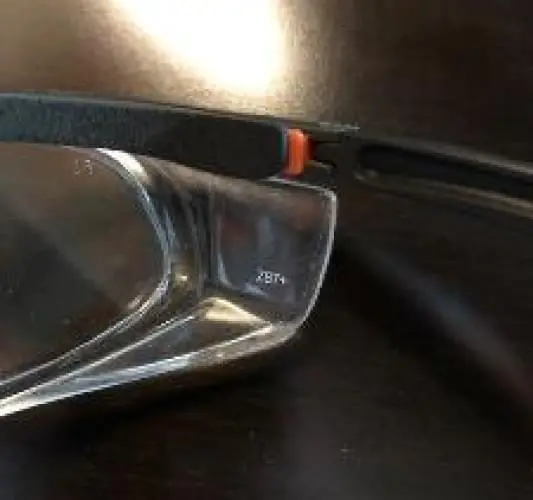
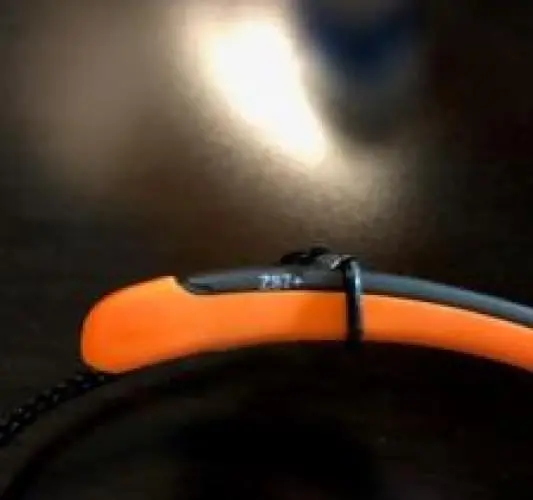
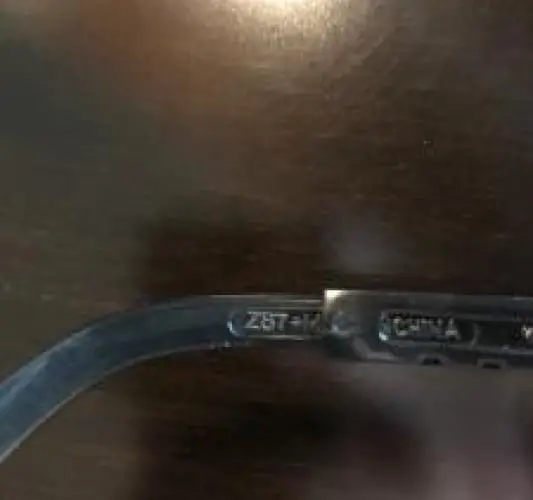
Non-impact protection (lenses tested separately)
Impact protection (lenses and frames tested together)
Splash and droplet protection
Dust protection
Fine dust protection
Welding filter protection; number after W indicates scale of shade (1.3 – 14 scale)
UV protection; number after U indicates scale of shade (2 – 6 scale)
Infrared protection; number after R indicates scale of shade (1.3 – 10 scale)
Visible light glare protection; number after L indicates scale of shade (1.3 – 10 scale)
Variable tint
Special purpose
PPE for the hands is provided in the form of gloves. Dependent upon the hazard the hands will be subjected to, so too will the glove selection change. PPE in the form of glove selection probably causes the most confusion of any of the PPE choices a researcher may encounter in the lab. Most glove choices revolve around reducing exposures to chemicals. For chemical exposures this can be simplified by remembering a simple concept – Gloves only provide a temporary barrier from a hazard, not a permanent one! With that in mind, it is important that gloves must be removed as soon as possible after being exposed, followed by hand washing. If that action is followed, even non-optimal gloves can be used as long as this action of changing gloves quickly followed by hand washing is adhered to.
With the multitudes of different chemicals available, no one glove material is perfect. In terms of disposable gloves, generally speaking, nitrile gloves provide the best overall protection but this can vary depending on the thickness of the glove material and the specific chemicals ability to degrade and permeate the glove material. The technique of double gloving (using one glove over another glove) can greatly increase protection from a chemical hazard. Additionally, specific chemicals that have special needs due to their prevalence and hazards should have their PPE requirements clearly communicated in that materials standard operating procedures (SOP). Hydrofluoric acid being an example. Ultimately, one should be familiar with the hazard they are working with, assess the risks involved and decide which glove selection is best for protection from the hazard they will be working with.
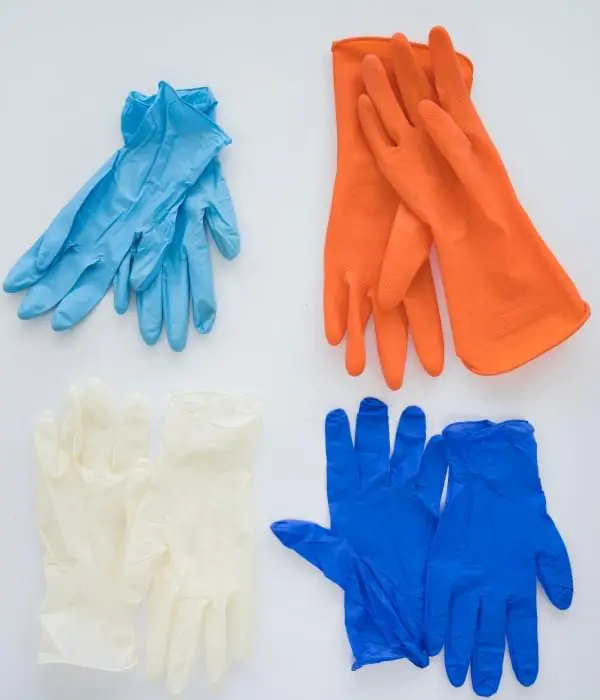
Gloves are not only used for protection from chemical hazards. Physical hazards such as sharp, rough or piercing objects can cause cuts, abrasions and punctures respectively. Leather and Kevlar gloves are good choices to prevent many of these types of injuries.
Extreme heat and cold are also hazards found in many places and can easily be afforded protection in the form of the respective thermally insulated gloves.
Below are a few websites that have good information concerning glove selection for protection from chemical hazards;

Lab coats must be worn while working with or around hazards in the laboratory. The purpose of the lab coat is to provide protection to the body from accidental spills, splashes and general contact with hazardous substances. Additionally, flame retardant lab coats are recommended while working around flammable materials. Furthermore lab coats must not be worn outside the laboratory as this may spread possible contaminants. If lab coats become soiled, KAUST provides a laundry service for laboratory coats.
Respirators should only be worn when the use of engineering controls (e.g. fume hoods) are not practical. Use of engineering controls are the preferable method to prevent exposure to hazardous materials. If engineering controls are not practical or feasible, then use of a respirator can be employed but before one uses a respirator, they must be enrolled in the Respiratory Protection Program which requires:
Contact hse@kaust.edu.sa for assistance if you believe you need the use of a respirator.
Note: Purchases of respirators and components through the Chemical Warehouse requires approval from the Research Safety Team.
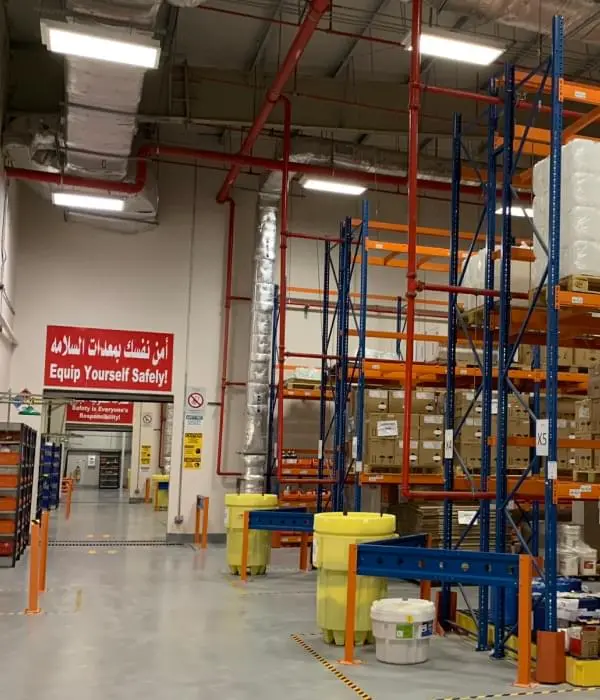
A wide selection of PPE can be purchased through the Chemical Warehouse here at KAUST. One can also see available PPE on the Research Safety Team’s Lab Safety Supplies In addition the Research Safety Team keeps examples of safety glasses, available through the Chemical Warehouse, for fit testing on hand for anyone wishing to try them on before ordering them.
Use the PPE Risk Assessment tool to determine your PPE need.
A wide selection of PPE can be purchased through the Chemical Warehouse here at KAUST. One can also see available PPE on the Research Safety Team’s Lab Safety Supplies In addition the Research Safety Team keeps examples of safety glasses, available through the Chemical Warehouse, for fit testing on hand for anyone wishing to try them on before ordering them.
Use the PPE Risk Assessment tool to determine your PPE need.